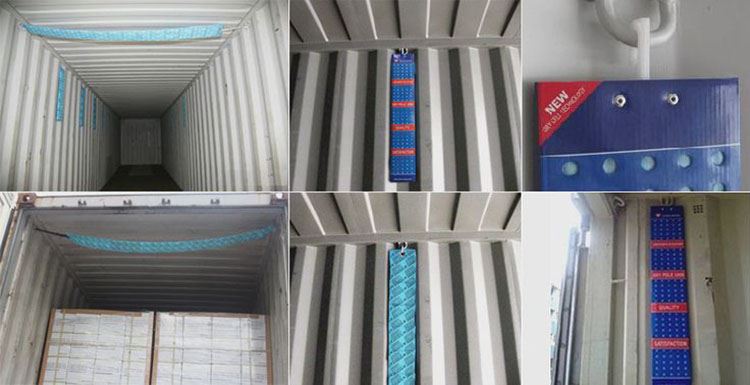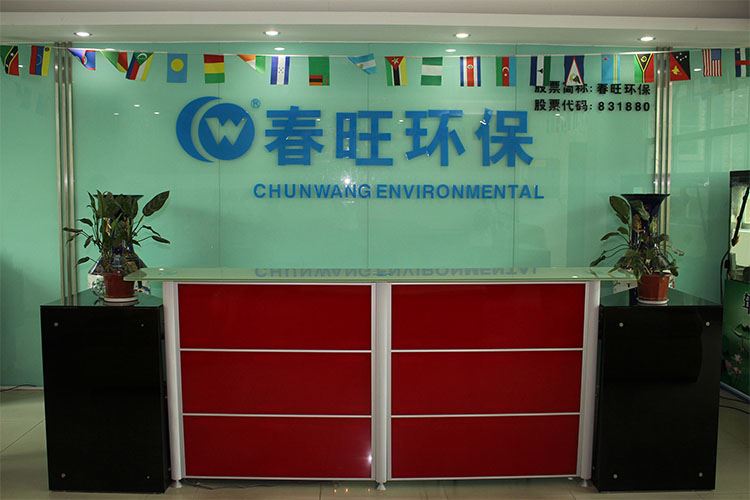Much of this damage can be prevented by the proper use of moisture-absorbing products, such as container dryers. Not only will they help prevent and limit the condensation of moisture in the container, but they will also help prevent serious damage to cargo caused by increased humidity levels over time.
Moisture damage often seems unpredictable. After five containers without problems, there may be a disaster. This is not for some mysterious reason, but is a consequence of the exponential nature of many major processes. This means that a small change in conditions can have a significant impact on the results.
Moisture damage is due to temperature difference
The biggest cause of moisture damage during cargo transport is temperature difference. This can be a change in temperature, such as when the container cools down after a hot day in the sun. Or it could be a temperature difference between different parts of the cargo, e.g., when the cargo is loaded at a cool temperature and then shipped through the equator.
There is a maximum amount of moisture that the air can store at a given temperature. Any excess moisture in excess of this amount will be thickened as a mist of small droplets floating in the air or on a cold cold surface.
Warm air can retain more moisture than cold air. When warm air is cooled, it becomes humid, even if the moisture content does not change.If the temperature drops, enough condensate will form.
How humid air depends on its relative humidity (RH). This is simply the percentage of humidity stored in the air without exceeding the maximum temperature of that air. Completely dry air has RH 0. The maximum humidity has 100 RH.
If the phenomenon is below 60-70%, moisture rarely occurs.
As a rough rule of thumb, humidity can be maintained at twice every 10 C at normal temperatures. If, for example, air is cooled to 20 ° C and 50% RH to 10 ° C, the RH will reach 100%. Any further cooling causes rapid condensation. If the air was heated, the RH would decrease to 100%, and any condensate formed would eventually evaporate back into the air.
Product features
Large amount of air to be dehumidified
Humid air near the dew point The dehumidification
system is only semi-closed, the package has a high level of diffusion (eg sea container, carton)
formation of water (container rain).
Packaged good does not cause deterioration at medium or high humidity Advantages of container drying Traded without the threat of Container Rain Limits the formation of mold, mildew, rust and corrosion. Absorbs up to 100% of its weight in moisture Provides 50 days or more moisture protection Protects against moisture from weak boxes and labels Environmentally safe and can be disposed of as normal waste Container disinfectants Ocean, truck, rail & air shipping containers Textiles, leather products, footwear, protection of furniture, car parts Protection of foodstuffs, cereals, fodder, pet food, preserves and bottled products Glass, wood, paints and varnishes Coffee beans packed in cereals, sliced and ground products, Preserved products. Industrial machinery. Protection of industrial products such as automotive parts, machinery, metal products, paper and cardboard boxes Ideal for ships and RVs, as well as for long-term storage applications Container Desiccant has many advantages over silica gel, which are marked as follows: Much higher adsorption capacity than silica gel Protects products longer than silica gel removes cargo sweat and container rain, thus protecting valuable products that would otherwise be damaged by the harmful effects of moisture change Much less Dew Pouch is needed compared to silica gel







